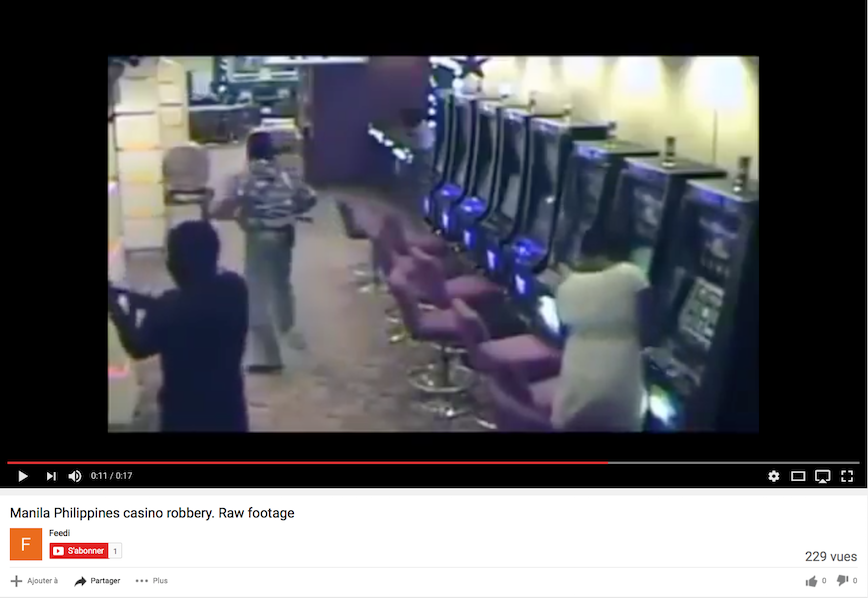Presentation of InVID verification technologies at JUDNM-T

The InVID project and the InVID verification technologies, were presented on a workshop focusing on tools for content verification. The workshop was co-organized by CERTH/InVID and the Media Informatics Lab of the Journalism & Mass Media Dept. of the Aristotle University of Thessaloniki, in collaboration with the Open Knowledge Greece Foundation and the Journalists’ Union of Daily Newspapers of Macedonia – Thrace (JUDNM-T). It took place on Wednesday 6th of June 2018, in the conference centre of JUDNM-T, in Thessaloniki, Greece. The audience of the workshop (approximately 40 people), was comprised by journalists, academics and Master students of the Journalism & Mass Media Dept.
After the introductory part of the event, which was made by Prof. Andreas Veglis, the workshop started by an overall presentation of the InVID project by Dr. Vasileios Mezaris, the project co-ordinator. Dr. Mezaris explained the project’s motivation with the help of some indicative examples of fake news. Following, he described the project’s goals and overall concept for meeting these goals, and briefly discussed the developed integrated technologies for newsworthy media collection and verification. The given presentation can be seen below.
Subsequently, Mr. Evlampios Apostolidis from CERTH-ITI, gave a talk on fake news that rely on video reuse. In particular, Mr. Apostolidis presented some examples of such fakes, discussed the most common approaches of journalists to deal with this type of fake news and explained how the InVID technologies can assist journalists to identify the original video source. For this, he presented the developed web application for video fragmentation and reverse keyframe search, that enables the users/journalists to perform reverse video search at the fragment-level, and detect previously published versions of the same video online. The given presentation can be found below.
Following, Dr. Symeon Papadopoulos from CERTH-ITI, discussed the current status on the creation and spread of fake news and rumors via social networks and listed a number of credibility signals that could allow a user (i.e. a journalist or a media verification expert) to evaluate the veracity of a news item. Finally, we presented the functionalities and characterists of the developed context analysis and aggregation toolkit that has been developed in InVID and is integrated in the InVID Verification Plugin, and highlighted the creation (and future public release) of a constantly extendable Fake Video Corpus, that can support the current and future reseach on this field.
The first part of the workshop ended with a presentation focusing on image forensics analysis, made by Dr. Markos Zampoglou from CERTH-ITI. Dr. Zampoglou explained the existing challenges related to the detection of tampering of digital images, highlighting the fact that the sharing of these images via social media platforms entails a re-compression process that usually erases most of the digital traces that could assist the identification of manipulations. Based on this observation, he stressed the need to analyse the most earliest version of a digital image, and discussed the funtionalities of the REVEAL Media Verificaiton Assistant that is integrated in the InVID Verification Plugin. The given presentation can be seen in the following.
The second part of the workshop was a hands-on session, where the participants of the workshop had the opportunity to get activelly involved in a step-by-step process containing:
- the installation of the InVID Verification Plugin for both Chrome and Firefox users (made by Evlampios Apostolidis);
- a brief explanation of all different components integrated in the plugin (given by Evlampios Apostolidis);
- a real-time debunking of a couple of examples of fake news based on video re-use (performed by Evlampios Apostolidis);
- a real-time debunking of a couple of examples of fake news based on context change (performed by Olga Papadopoulou, also from CERTH-ITI);
- a real-time debunking of a couple of examples of fake news based on image tampering (performed by Markos Zampoglou).
The aforementioned examples were used for demonstration purposes, while an additional set of examples was provided to the participants of the workshop, aiming to motivate them to discover the functionalities, capabilities and limitations of the different components of the plugin, and send us their feedback (via the integrated survey) concerning their experience with this tool.







You must be logged in to post a comment.